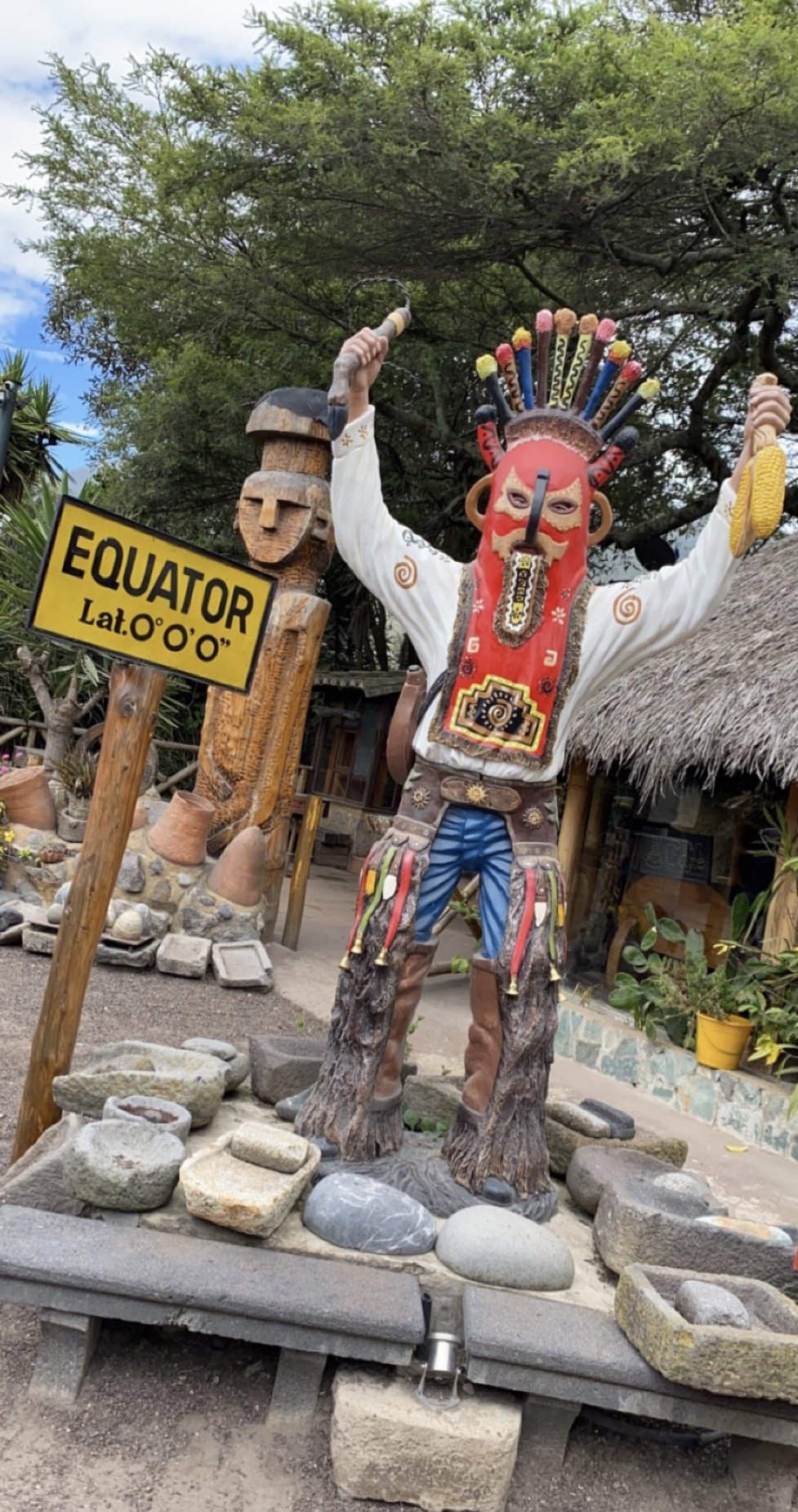UT Martin Biology students learn firsthand in the Galapagos Islands
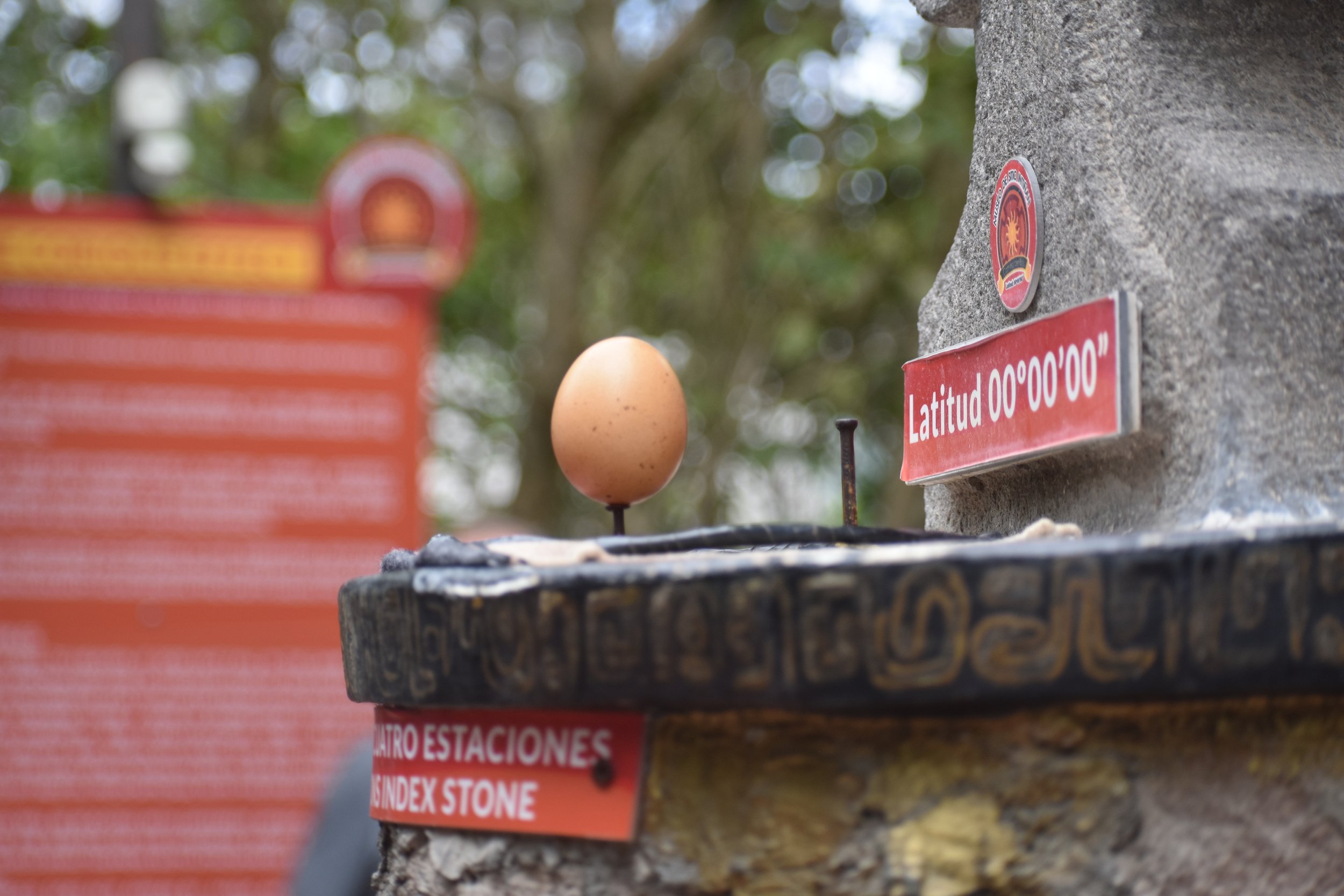

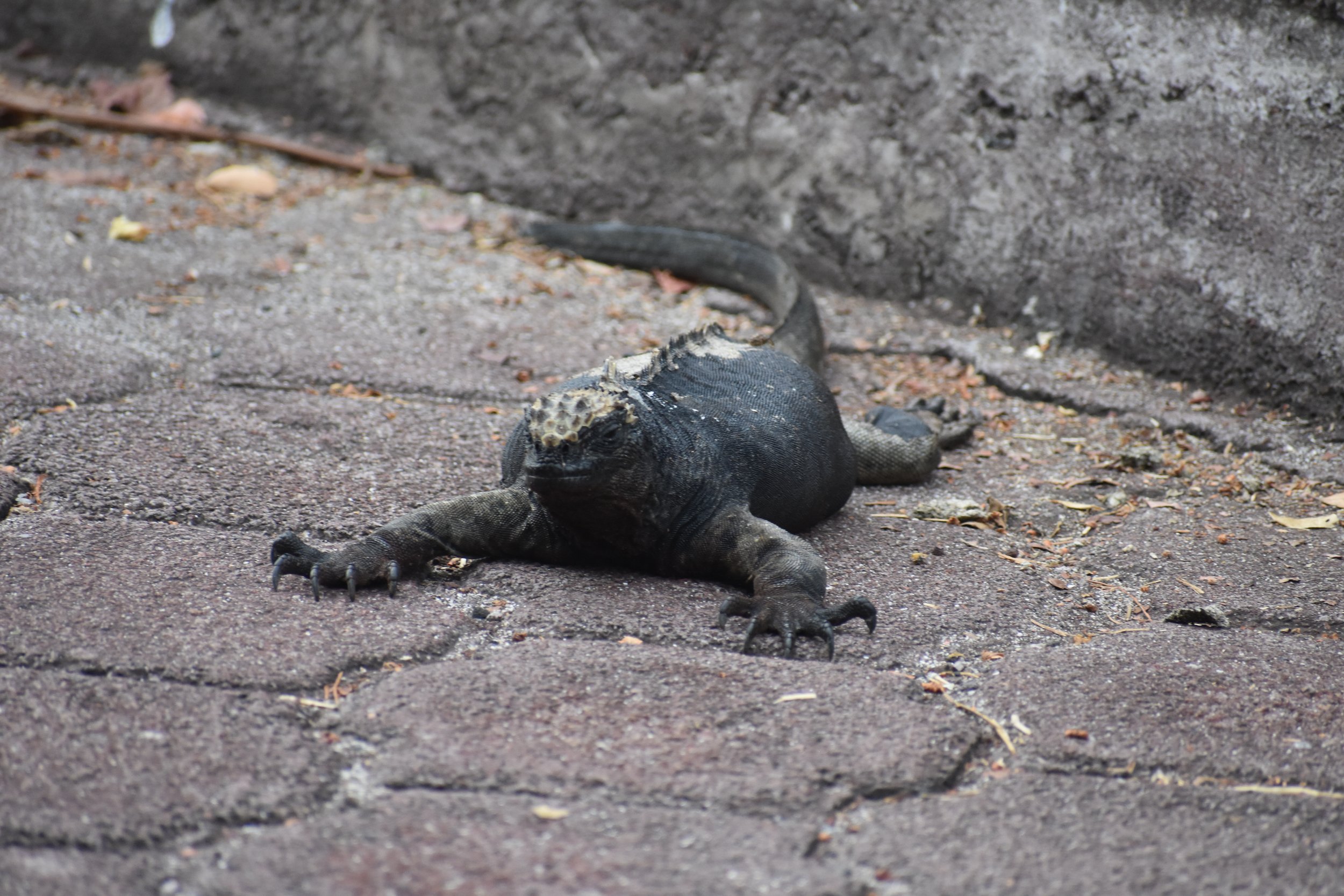
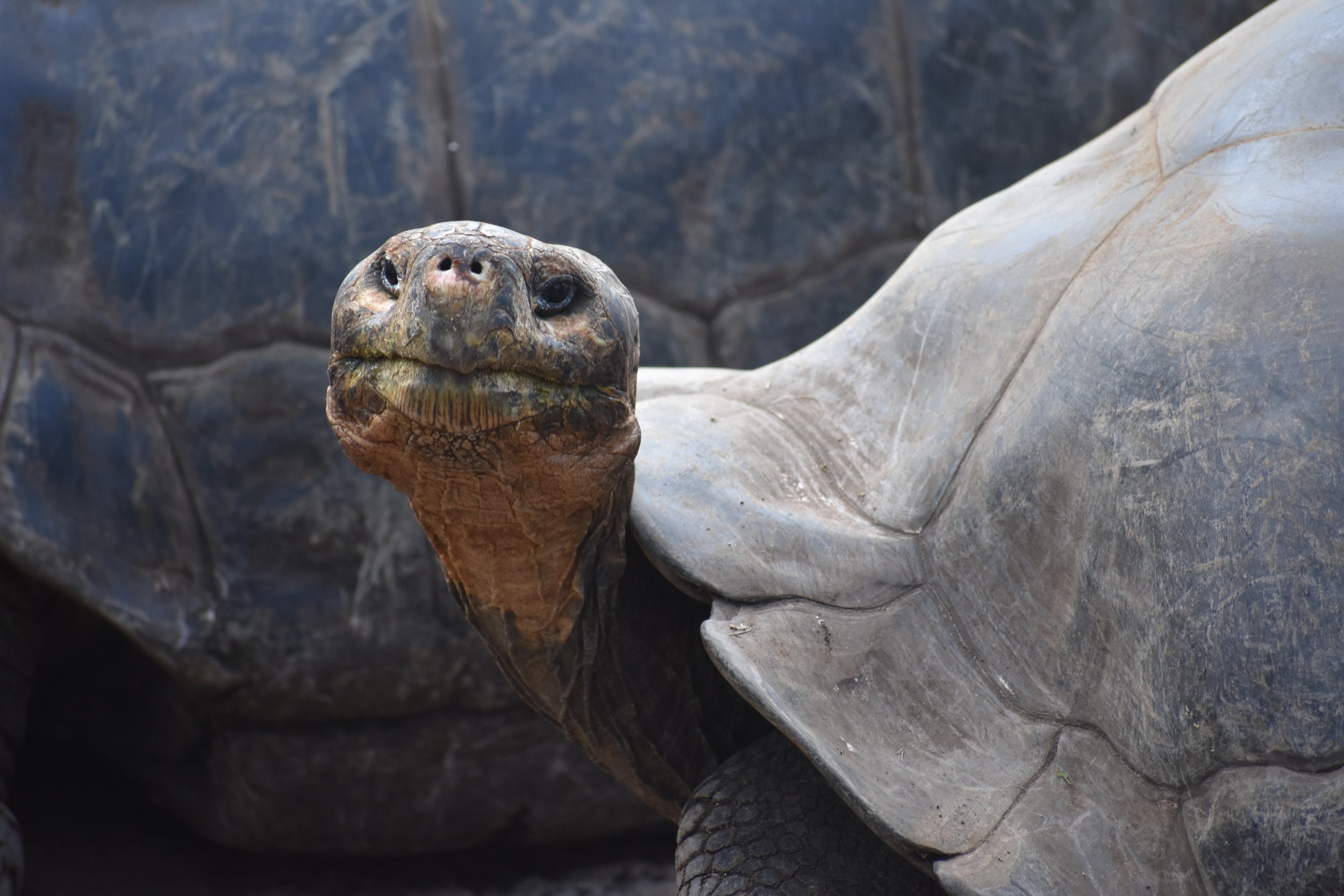

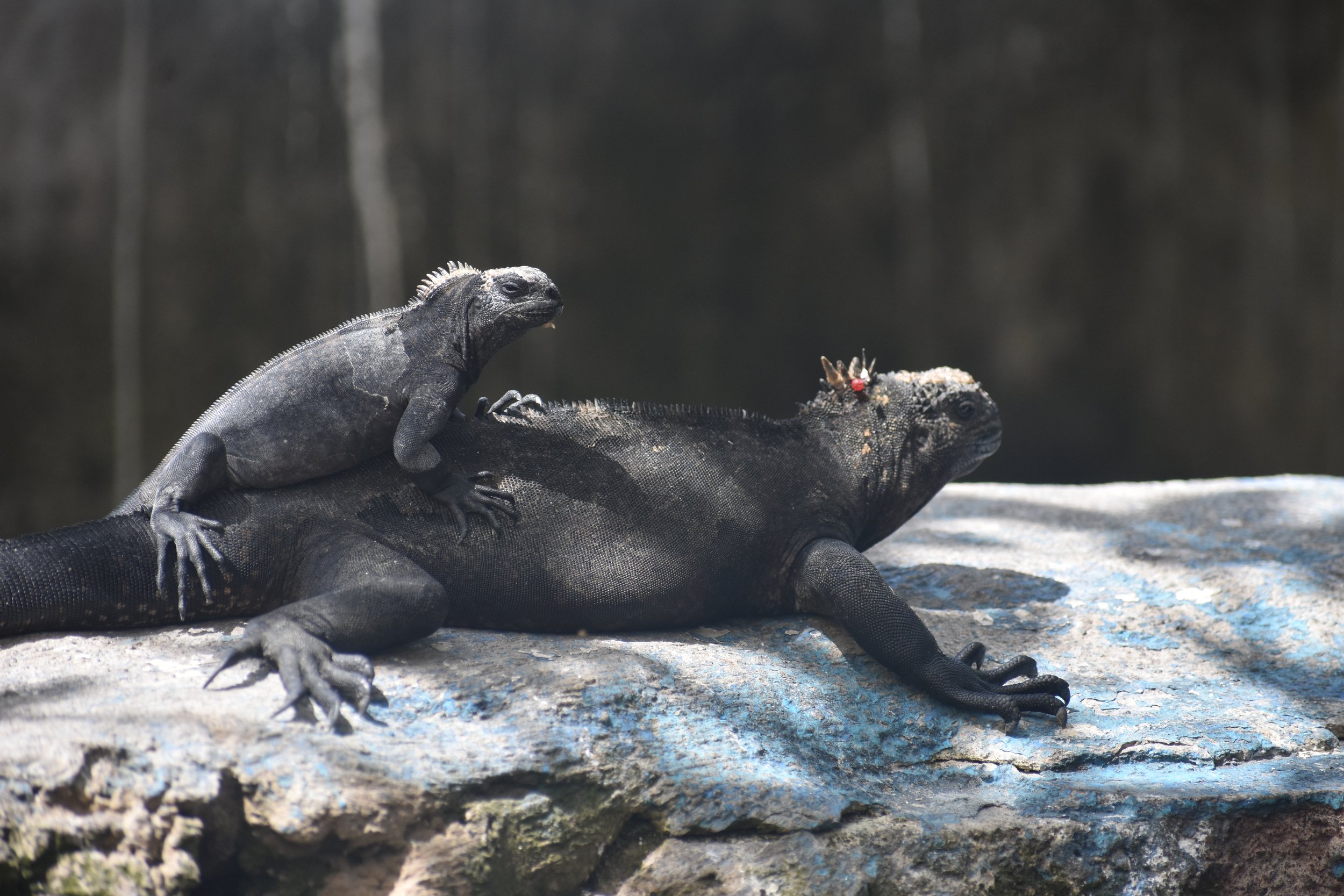
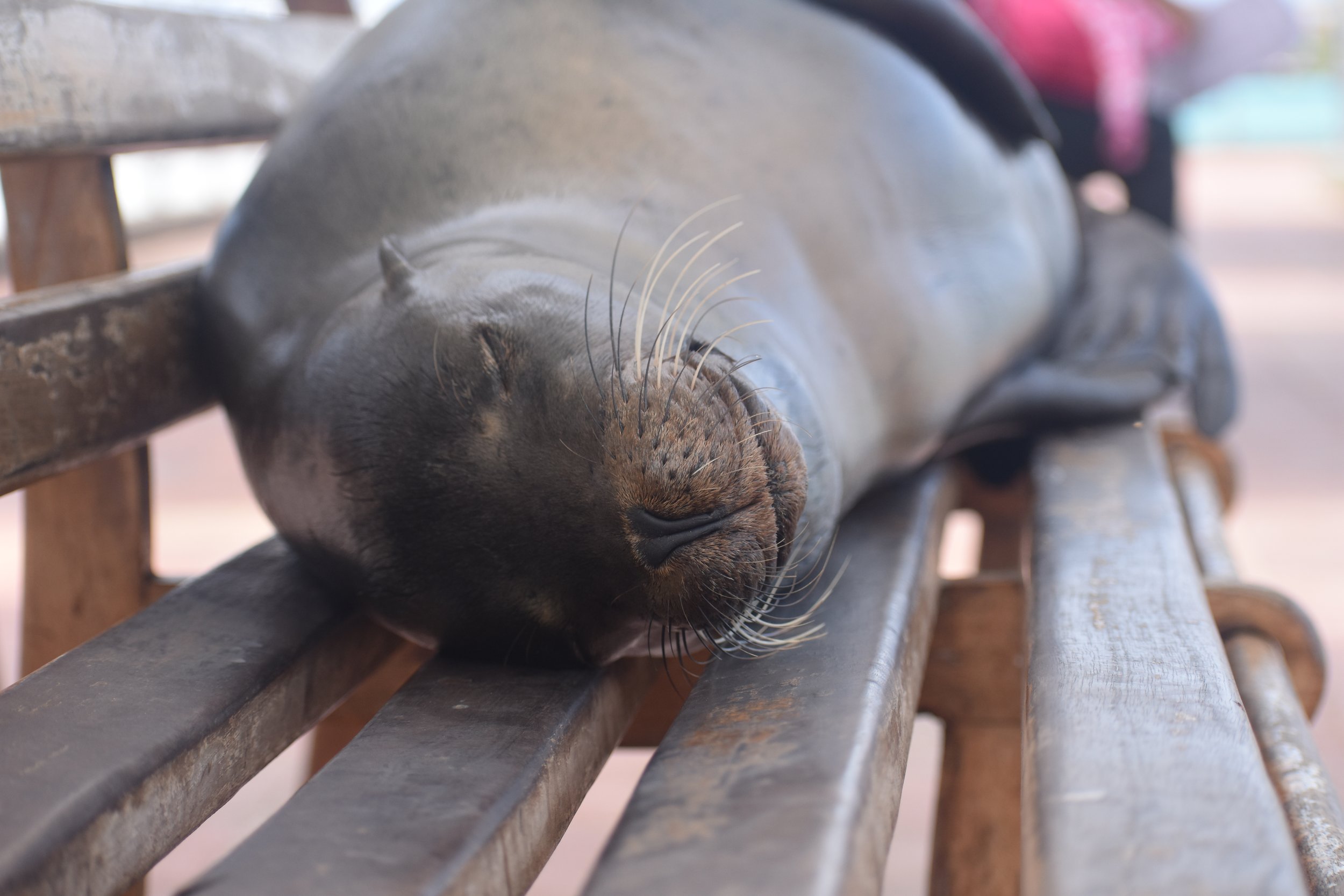
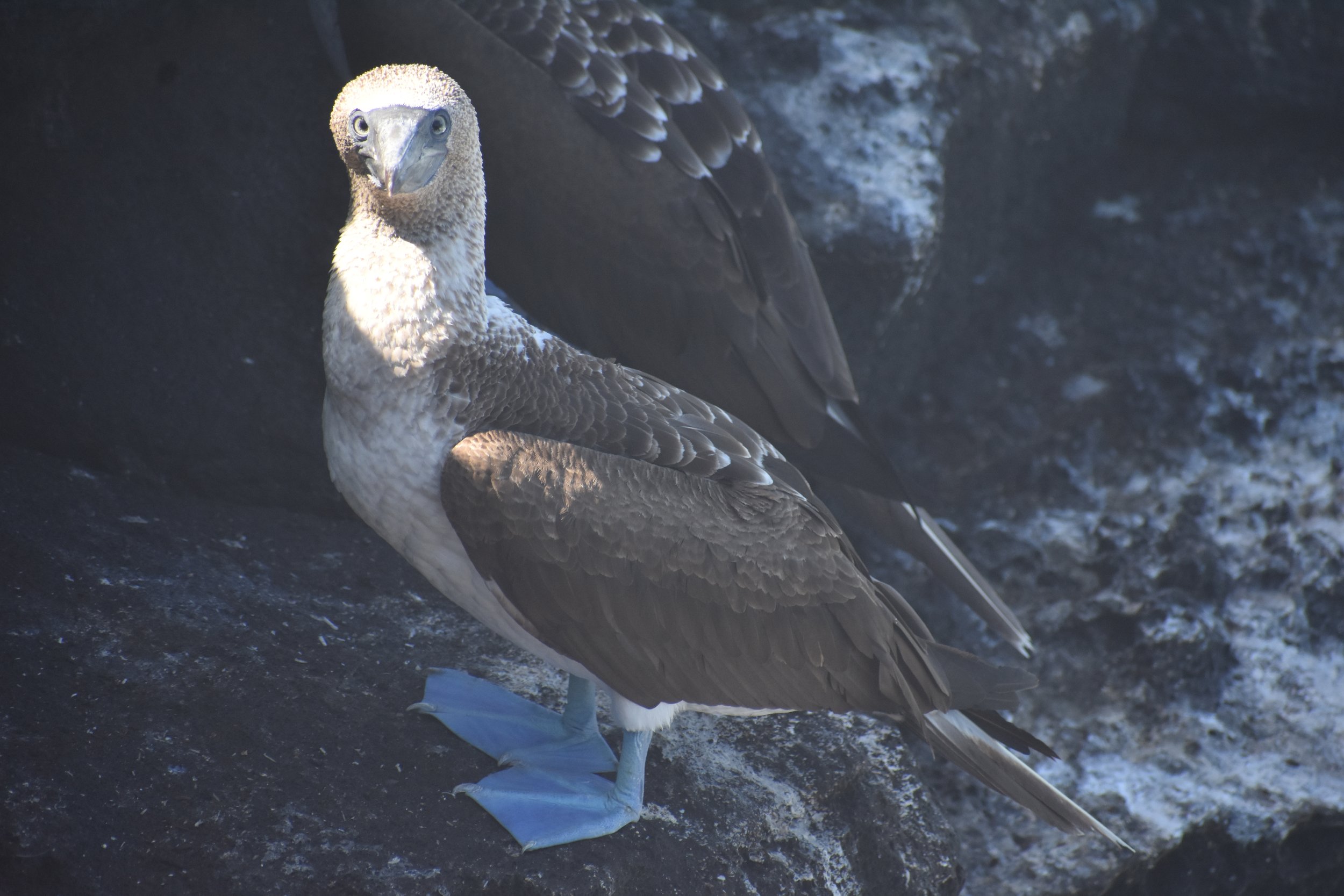
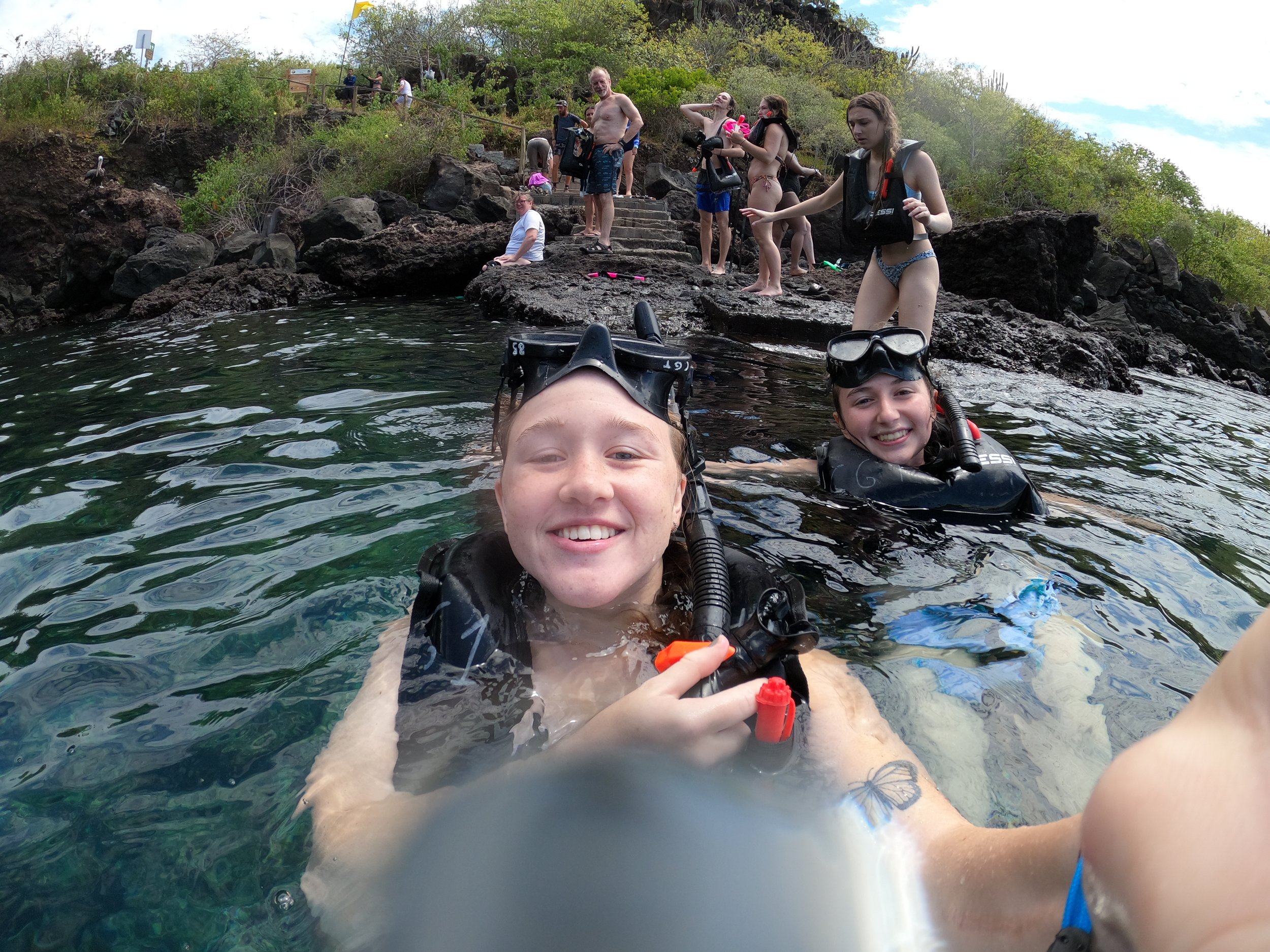
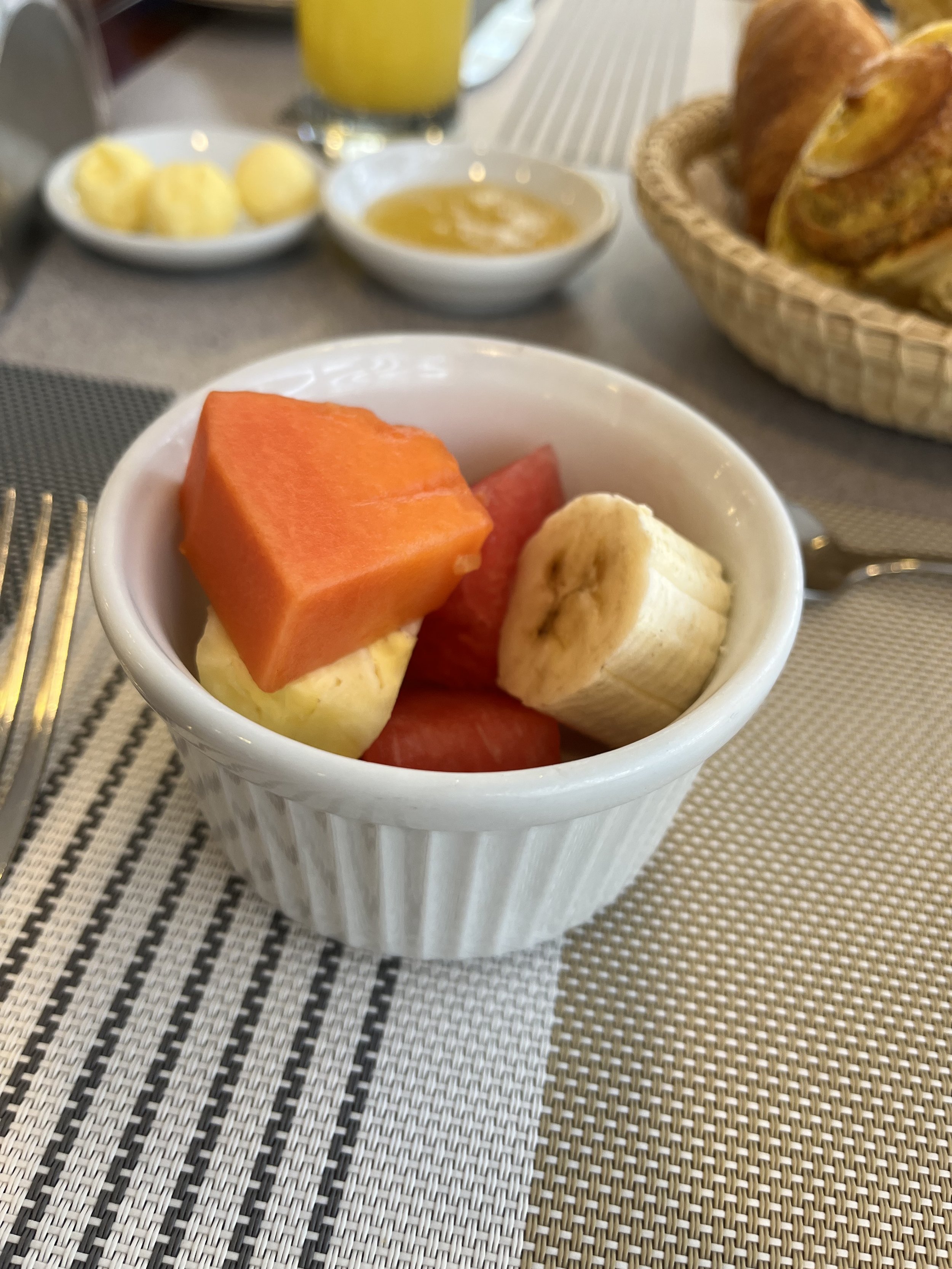

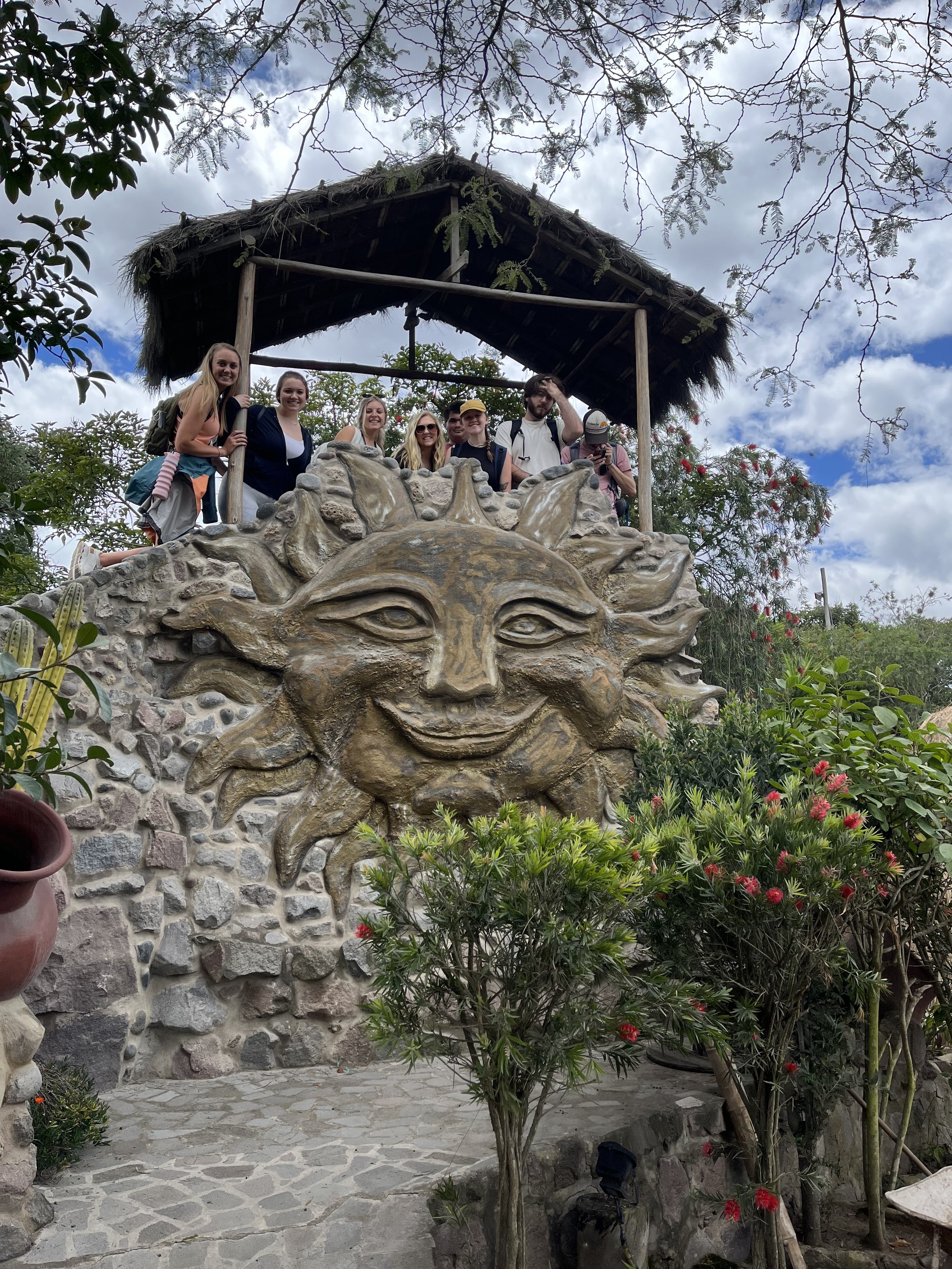
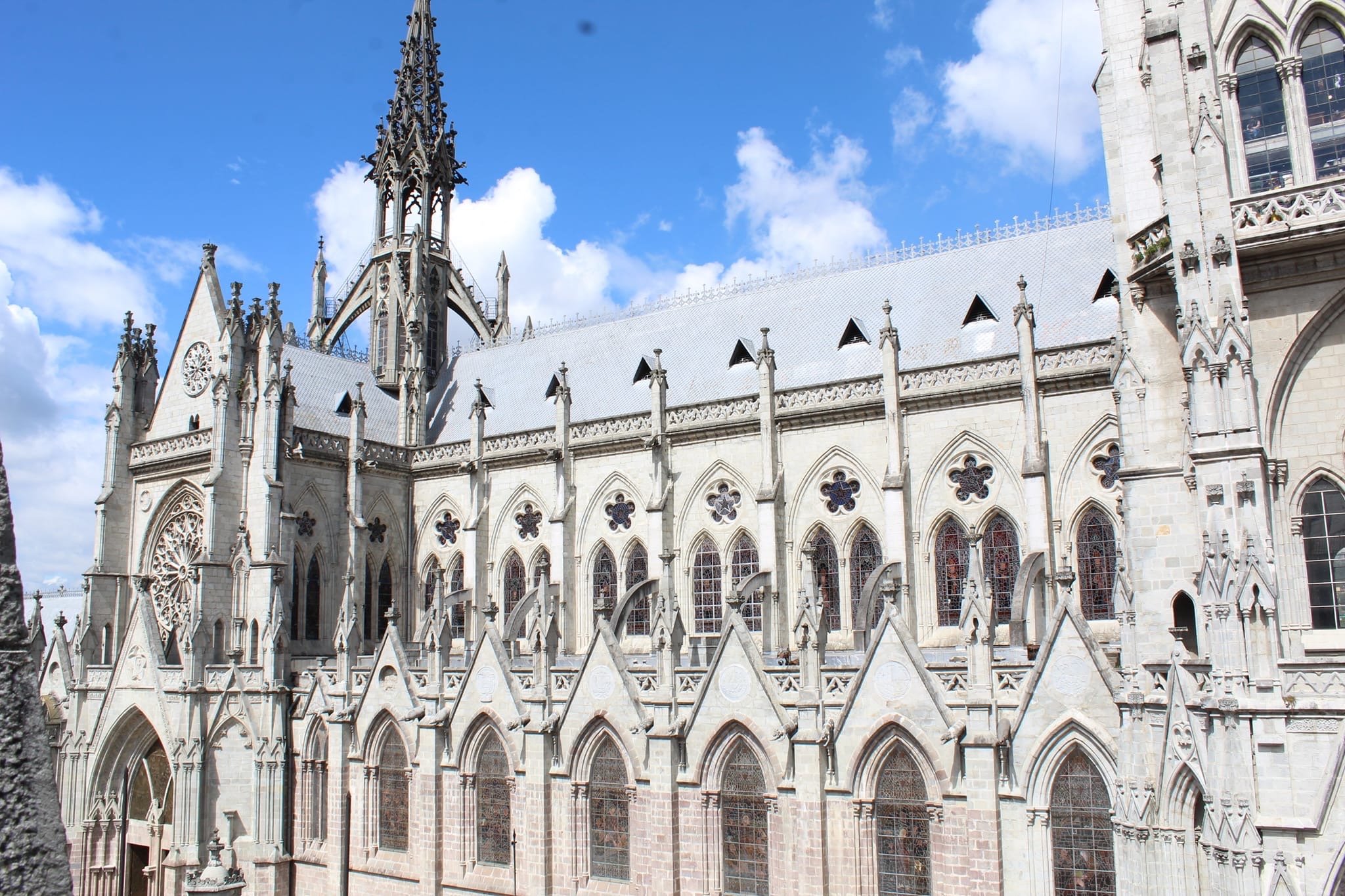
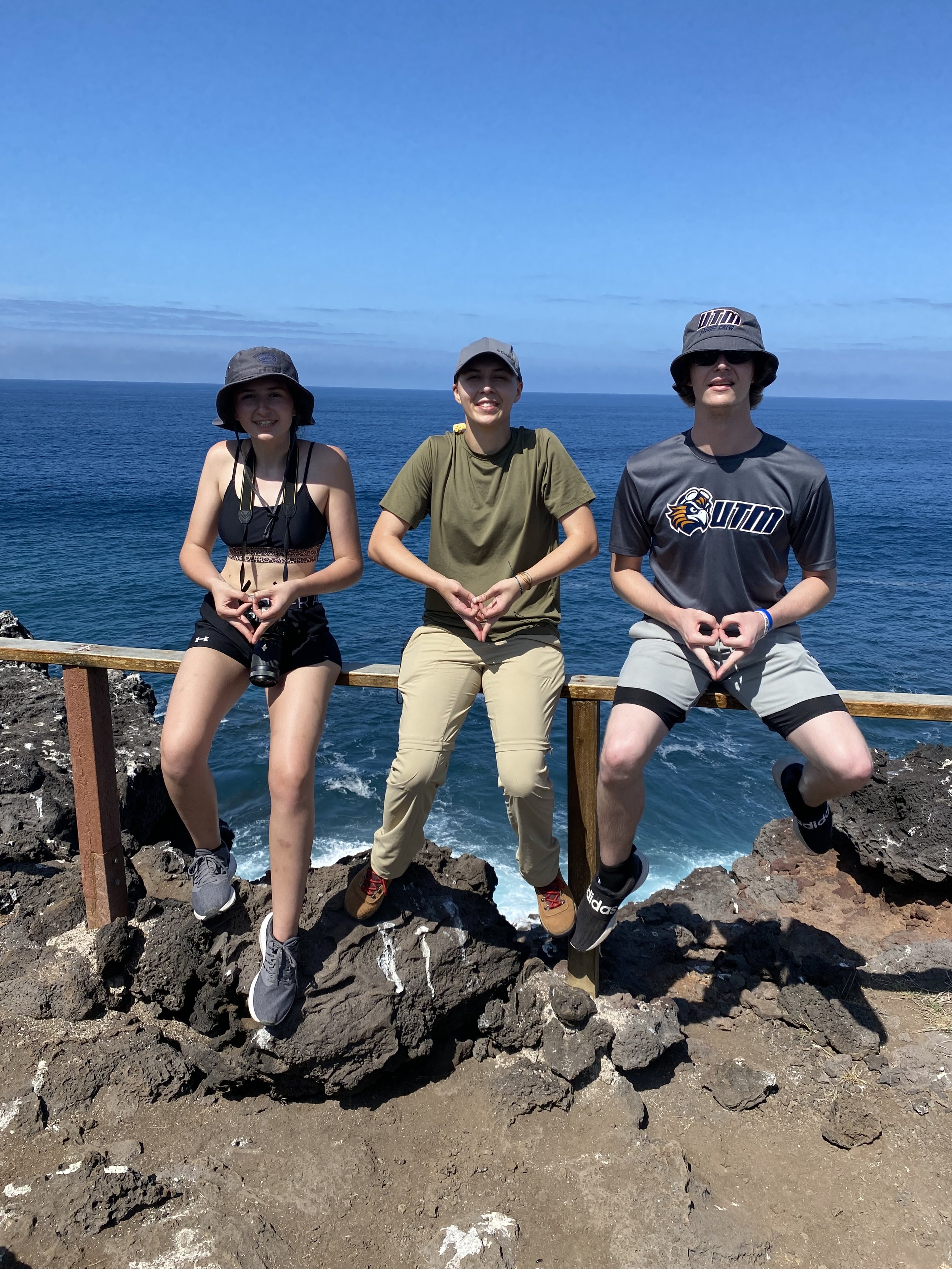

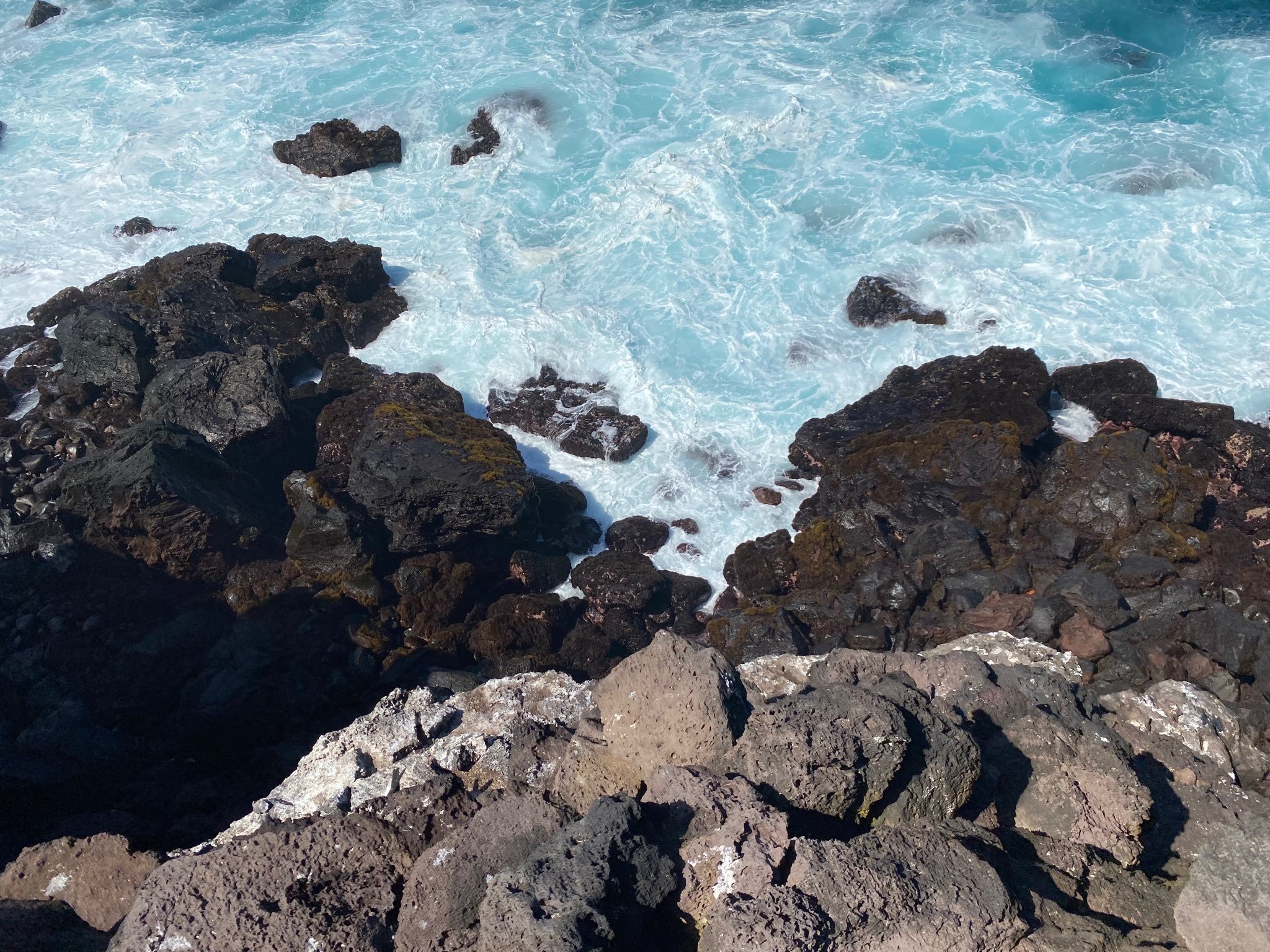
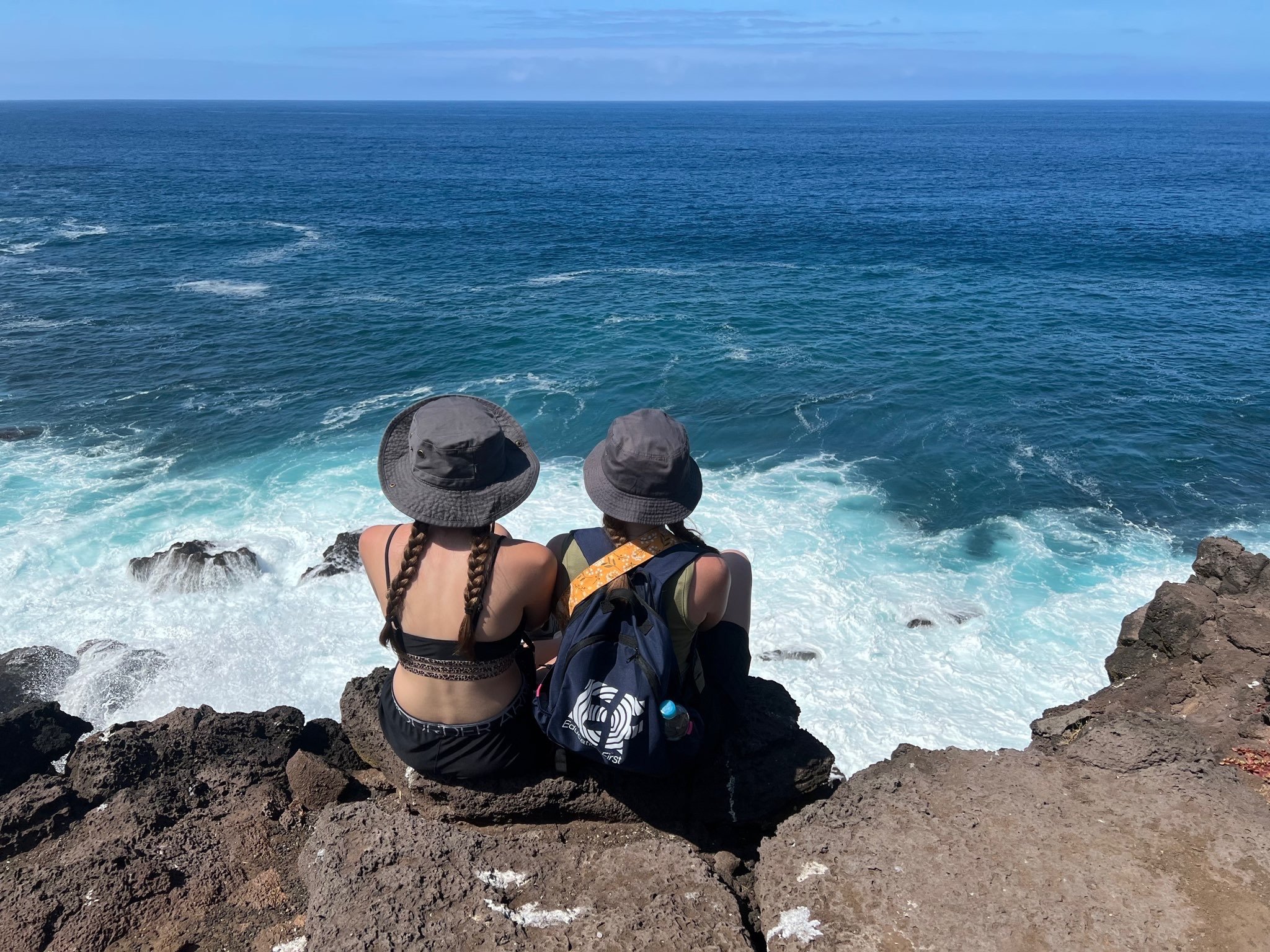
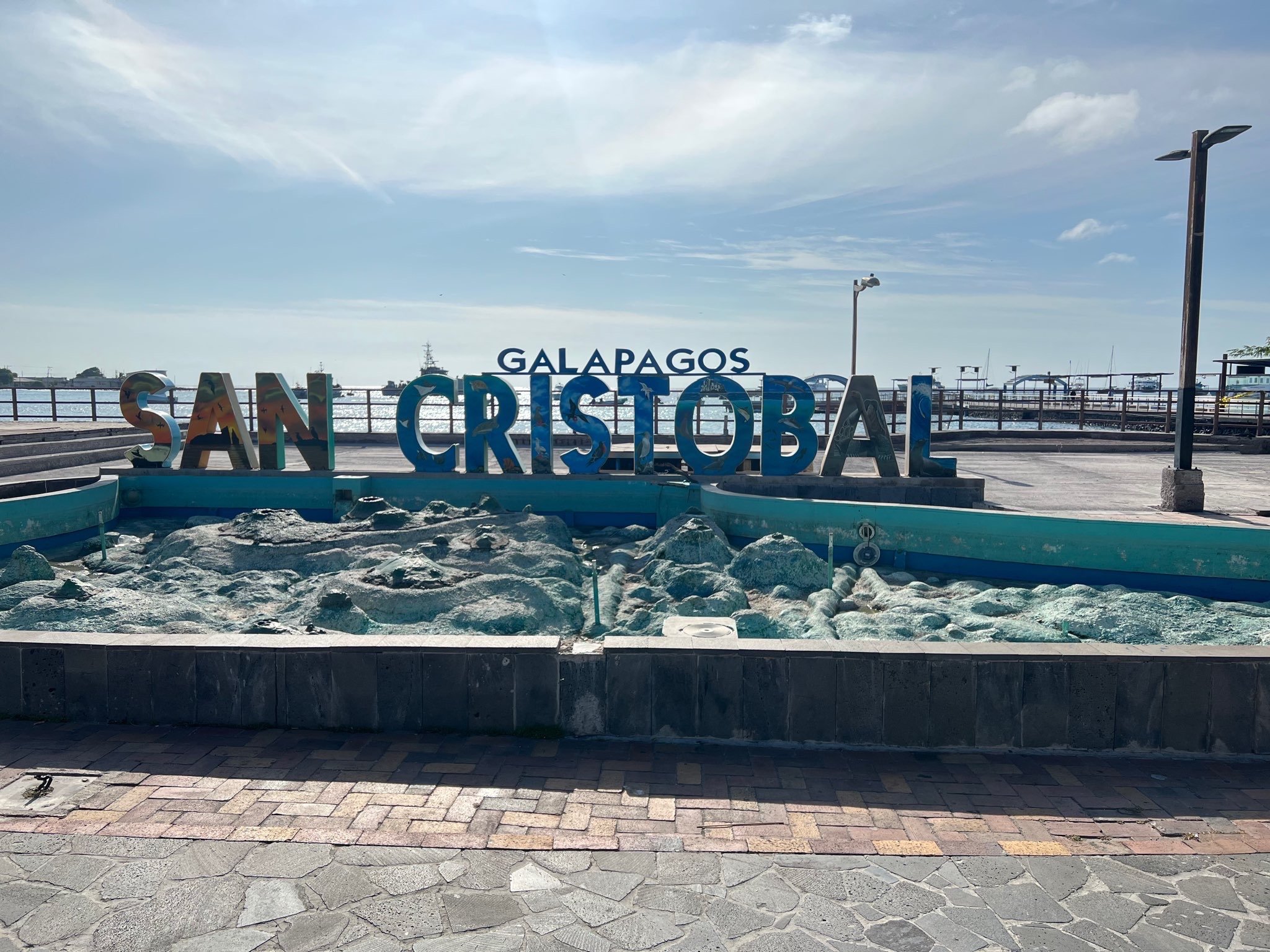
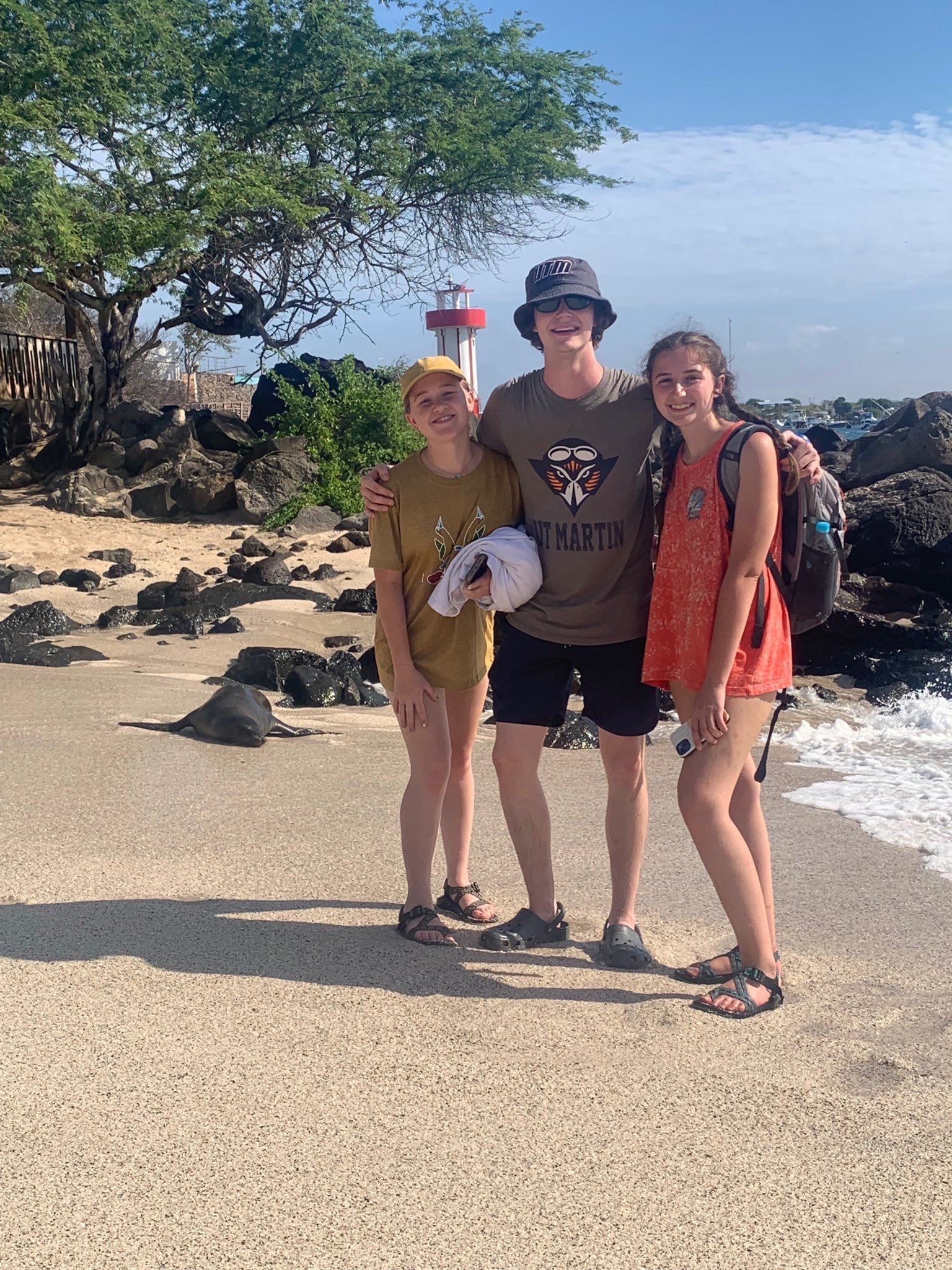
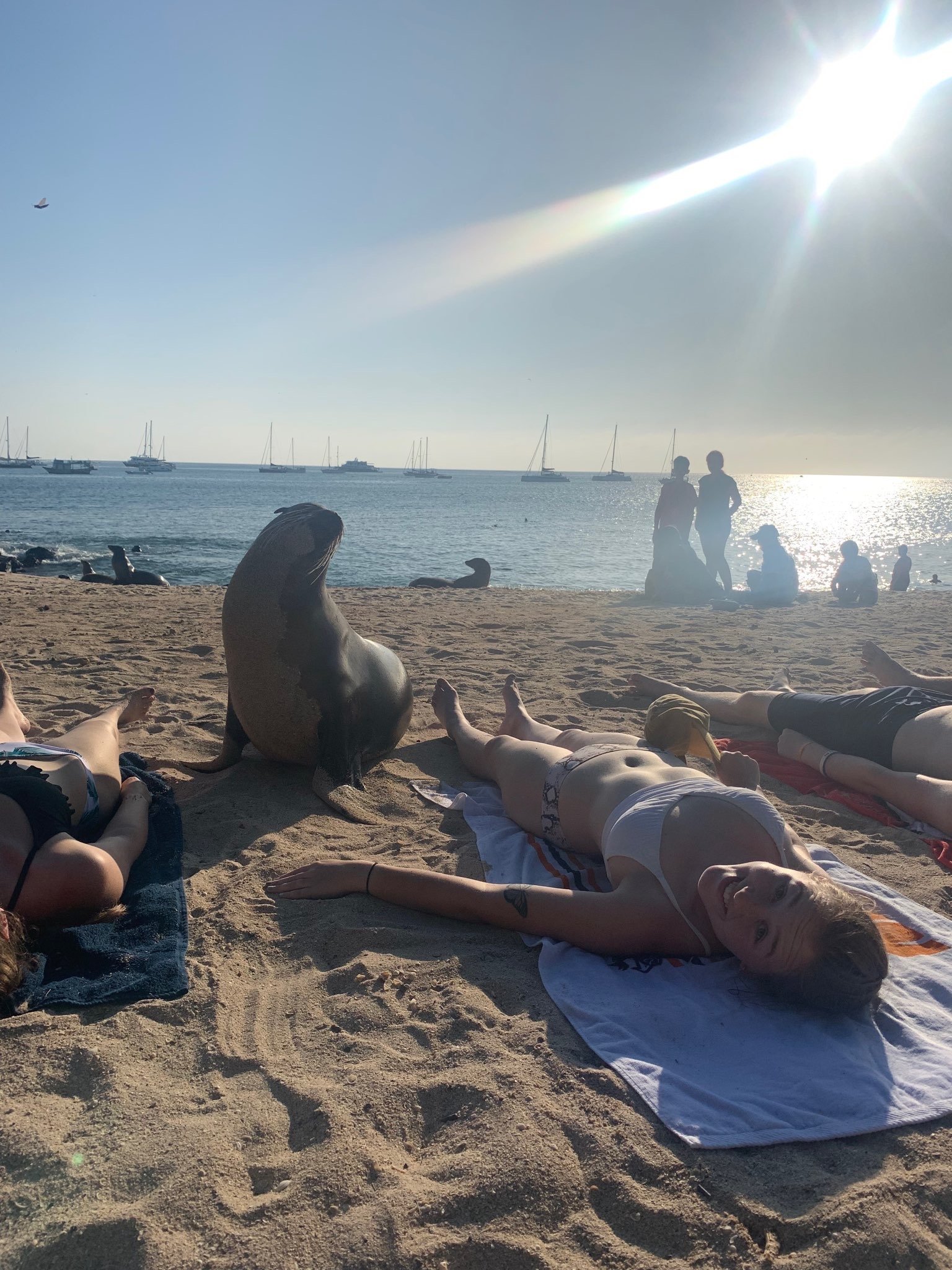
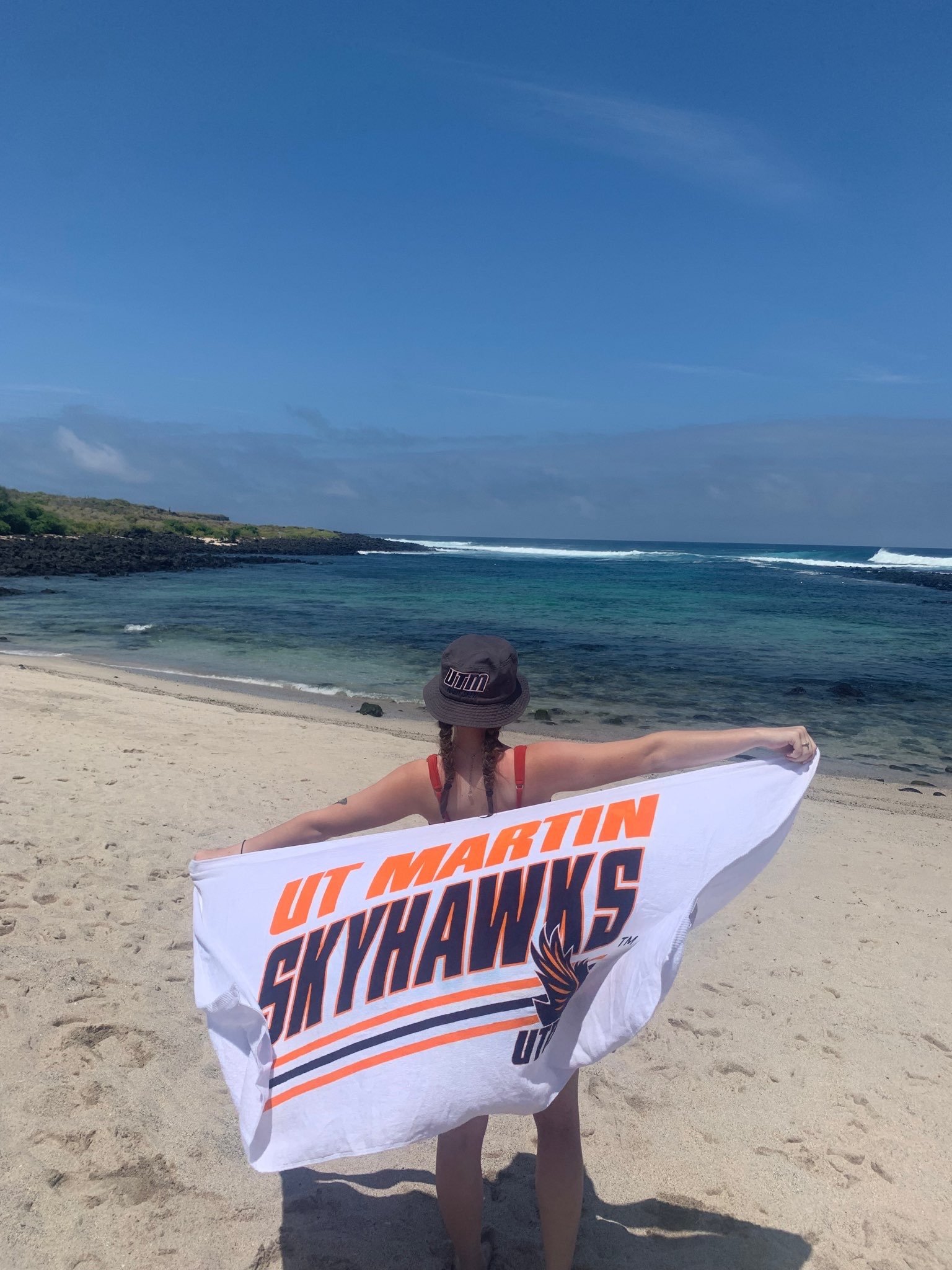
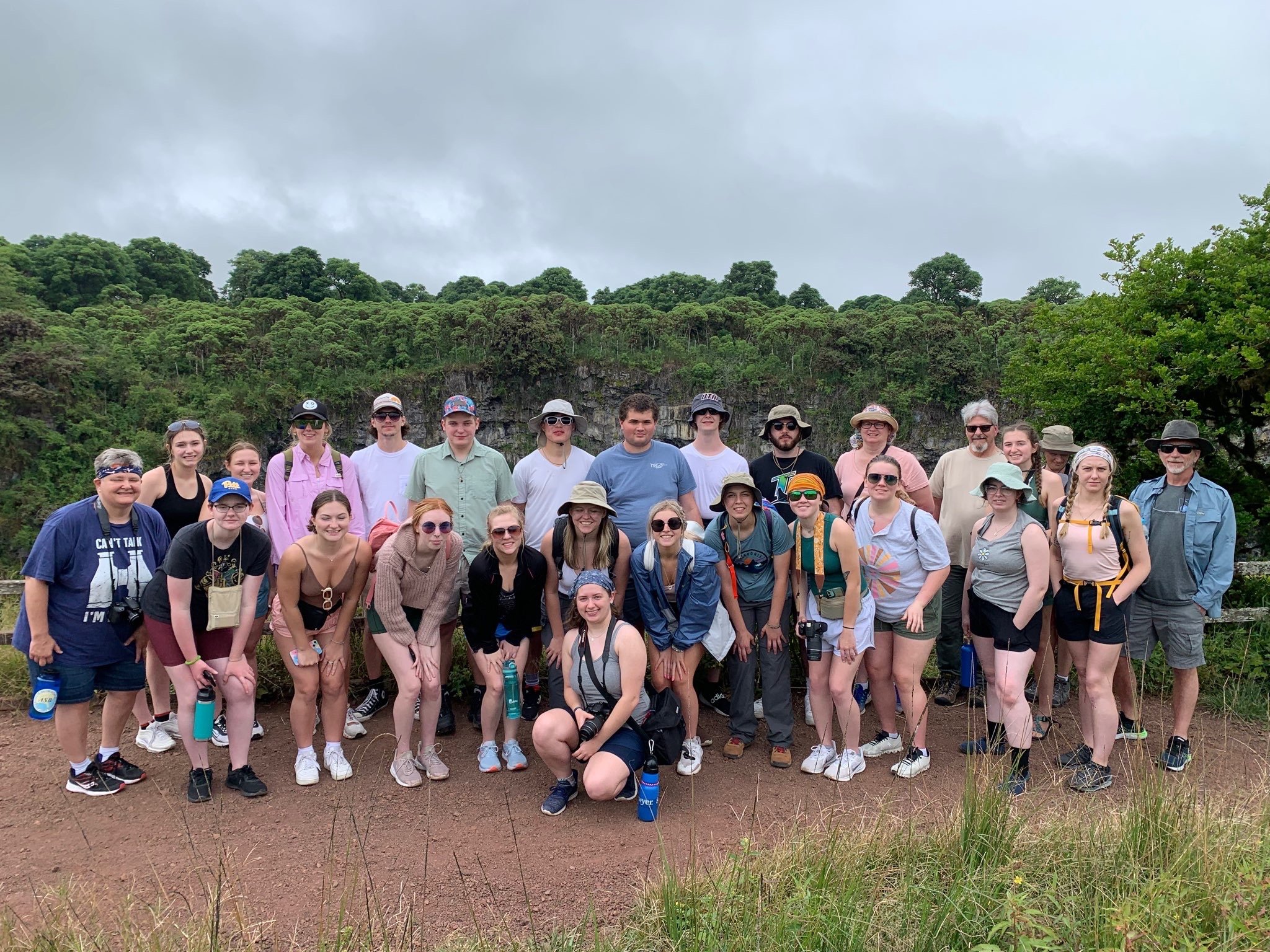
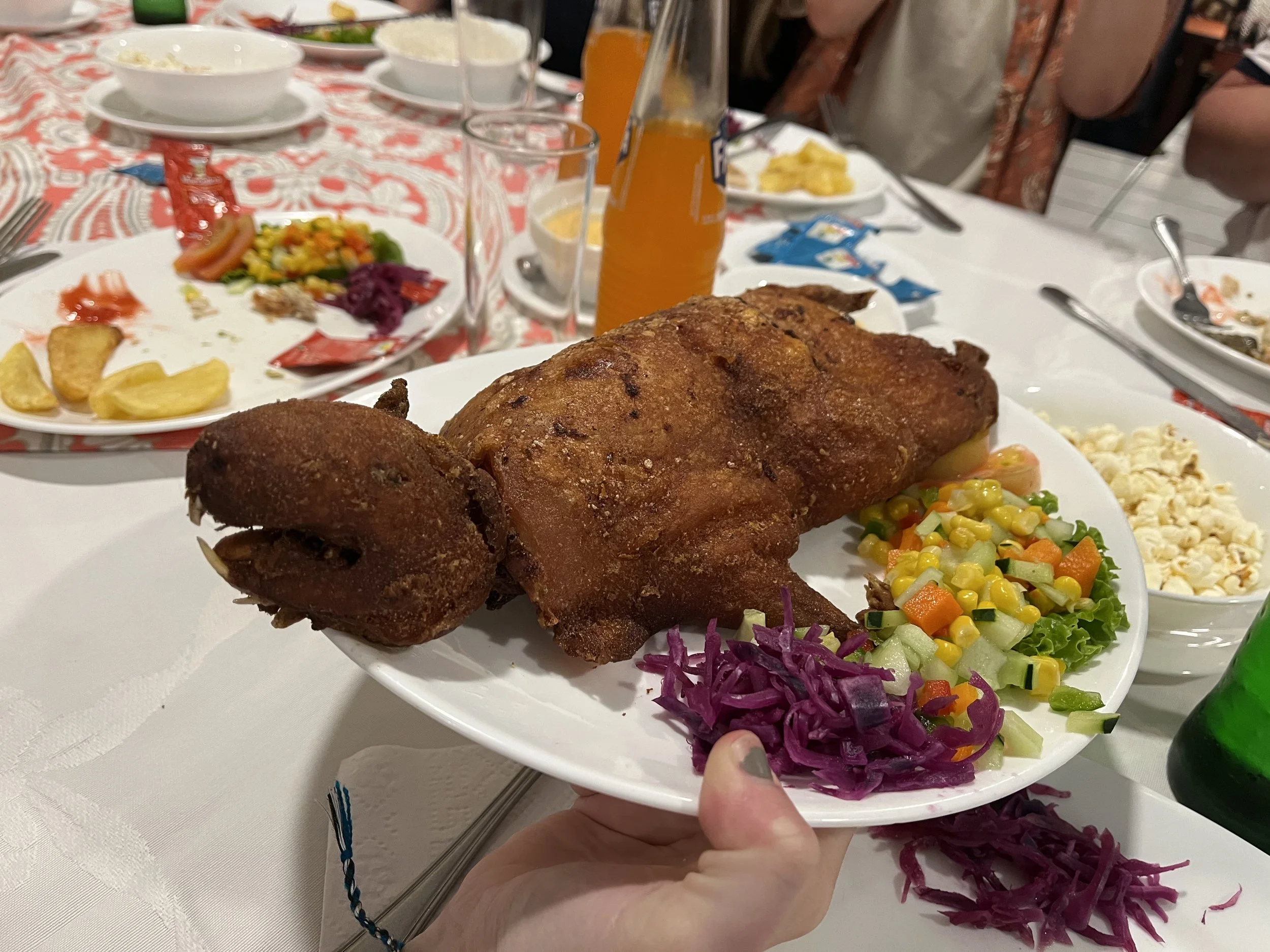
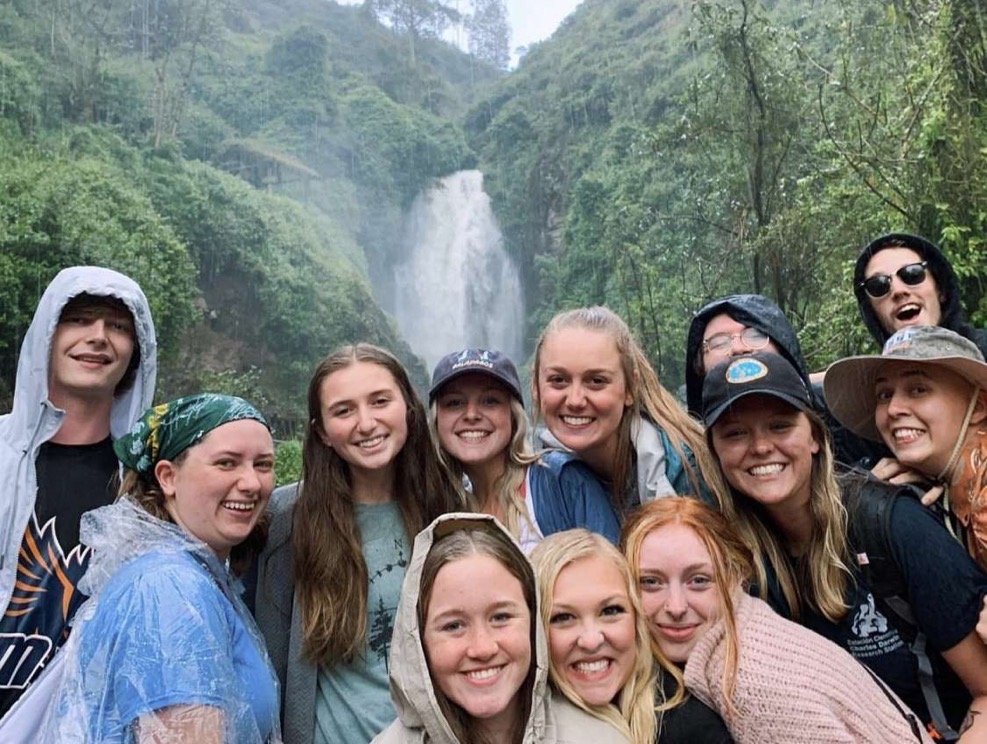
Story & Photos by Haley Wilson
In September of 1835, Charles Darwin discovered the most naturally diverse islands in the world. In May of 2022, fifteen students from the University of Tennessee at Martin were able to see these islands for themselves. The UT Martin biology department hosted a nine-day travel study program to Ecuador and the Galapagos Islands, allowing students to experience diverse cultures and ecosystems firsthand. The trip began in Quito, Ecuador where the group visited the Valley of the Center of the Earth, also known as "Mitad del Mundo". At Lat. 0°0'0'', this valley marks the center point of the earth and directly splits the Northern and Southern Hemisphere. Next, the group visited the Basilica of the National Vow, which is the largest Catholic church in Ecuador. The students ended the day with a tour of historical downtown Quito. While downtown, they learned about the unique architecture found in Quito, sat in the pews of the Church and Convent of San Ignacio de Loyola (which is entirely plated in gold), and interacted with the Spanish-speaking locals.
On day two of the trip, the students flew into the Galapagos Islands. After landing on Baltra Island, the group took a short boat ride to the island of Santa Cruz, which would be their home for the next two days. The group stopped at El Chato Ranch for lunch, then hiked to see wild tortoises. While hiking, students were also able to taste unique fruits directly from the trees on the ranch, and they even hiked through old lava tunnels that flowed beneath the ranch. At the end of the day, the students were given free time to explore the island on their own. According to Skylar Lowery, a junior wildlife student at UTM, “There’s no doubt that I learned a lot of valuable lessons during my time on the Galápagos Islands. To say I learned them all while with a tour guide would be a lie. The most memorable moment was when six students and myself decided to explore one of the islands and find a beach. It was supposed to be an easy 10-minute stroll that turned into an hour walk down the city streets. When we finally found the beach, I quickly realized that we were surrounded by wildlife – most of which wasn’t phased in the slightest by our presence. This was the first time we saw the infamous marine iguana. They had absolutely no care that there were so many people around them. They were basking by the road, sidewalks, and on the paths of the beach we walked on. There were also numerous crabs that simply moved out of the way as we walked over the lava rocks and into the water. This was an experience I will cherish forever.”
The next day, they visited the Charles Darwin Research station. While there, they toured the tortoise breeding program and saw several different breeds of tortoises in every stage of life. They were even able to see the preserved body of Lonesome George. Lonesome George was a Pinta Island Tortoise found in 1971 and was the last of his kind. Scientists tried for years to breed him and preserve his species, but, despite their best efforts, none of the eggs produced were viable. In 2012, Lonesome George died of natural causes and the Pinta Island Tortoise was declared to be extinct. Emily Huggins, a senior wildlife student, says “The story of Lonesome George was a major reason I wanted to visit the Galapagos. Getting to see his body and hearing about the conservation efforts that arose from his last few years of life gives me hope for future conservation efforts. He truly was a magnificent creature!” To round out the afternoon, the group went on an hour long hike to a local beach, where they swam with a shiver of black tipped reef sharks. Students then spent the remainder of the night exploring the island, connecting with locals, and engaging in island culture.
On the morning of the fourth day, the group took a two hour boat ride to San Cristobal Island, which is where they would remain until time to fly back to Quito. Immediately upon arriving, the group hiked Tijeretas Hill. The hike ended at Darwin's Bay, and the students were eager to jump into the cold water and snorkel among the wildlife. While in the water, the students saw a marine iguana feeding, sea lions playing, and blue footed boobies diving as well as a variety of fish, starfish, urchins, and a pair of Galapagos Green Sea Turtles. The students had the remainder of the evening to themselves – most of which chose to spend it basking on the beach with the sea lions.
The students arose early the next morning to hike the cliffs of La Lobería Beach. They then snorkeled in the surrounding waters where they saw an abundance of fish and sea turtles. The group spent most of the next day traveling back to Quito, Ecuador, where they would spend their final two days. During this time, the students dove even deeper into local culture. They shopped at the Otavalo Market, toured a local textile production facility, and visited several authentic leather craftsmen shops. Finally, the students were able to get a taste of the local cuisine as they ate fried Guinea Pig – a dish that is considered to be a delicacy in Quito.
Although the trip only lasted nine days, each and every one of the fifteen students present will carry the memories and experiences with them forever. Danni Fewell, junior biology student, says “If asked to choose a favorite part of our travel study to the Galápagos Islands, I don’t think I possibly could. From visiting the Darwin Research station to snorkeling with the wildlife, every moment was full of memories that will truly last a lifetime!” The University of Tennessee at Martin allowed fifteen students to fulfill a lifelong dream this summer, and there is no doubt that they will continue to provide students with unique experiences while placing them on the path to success.

